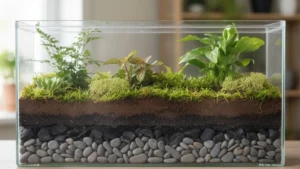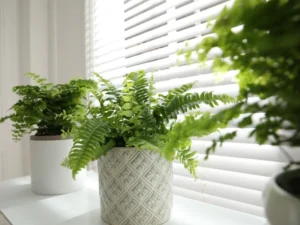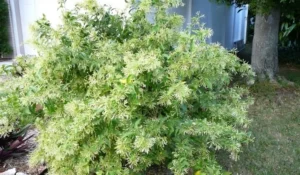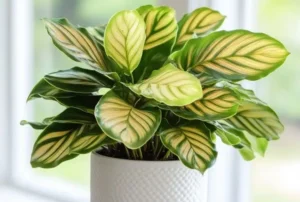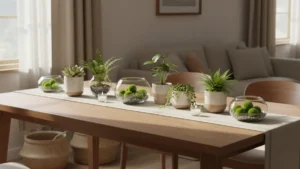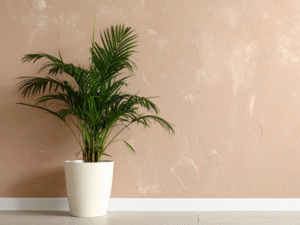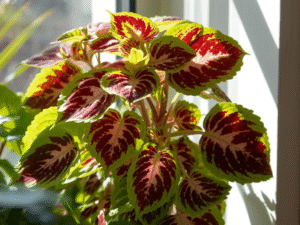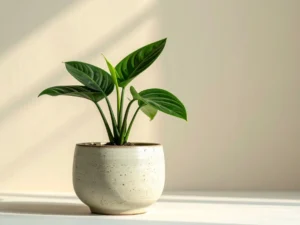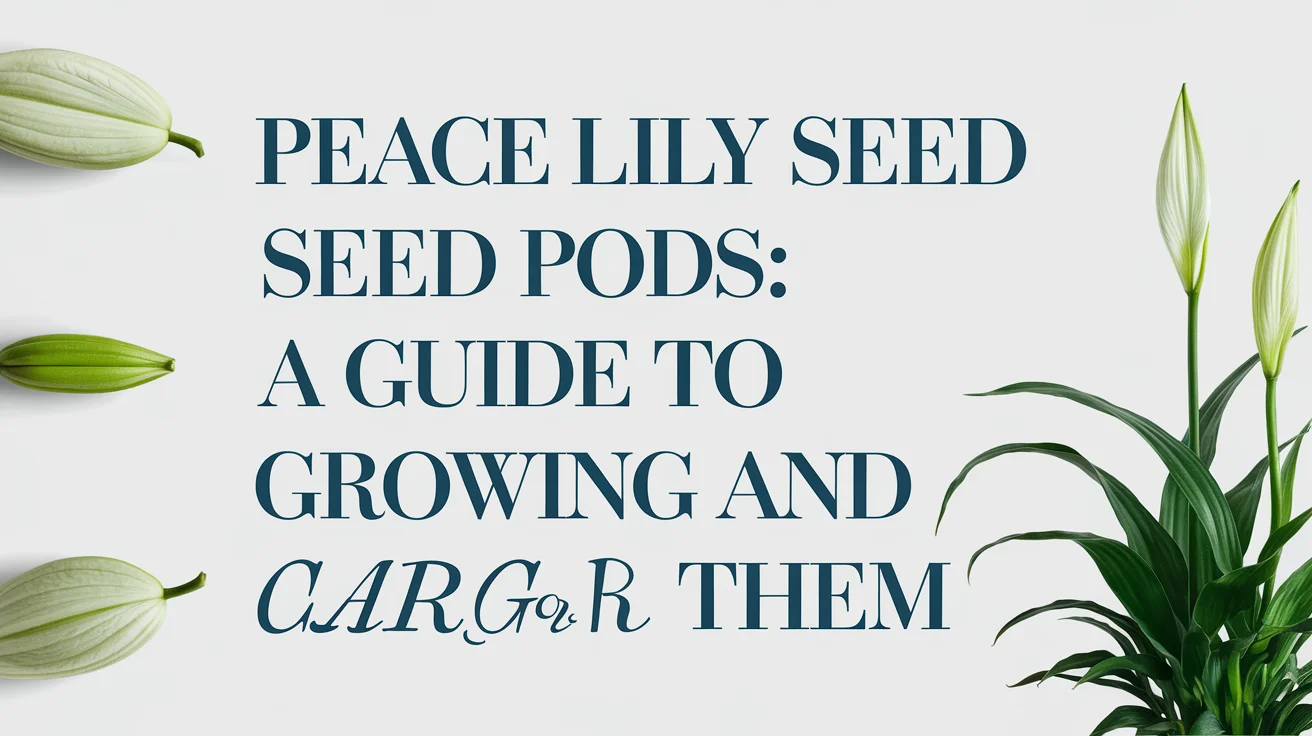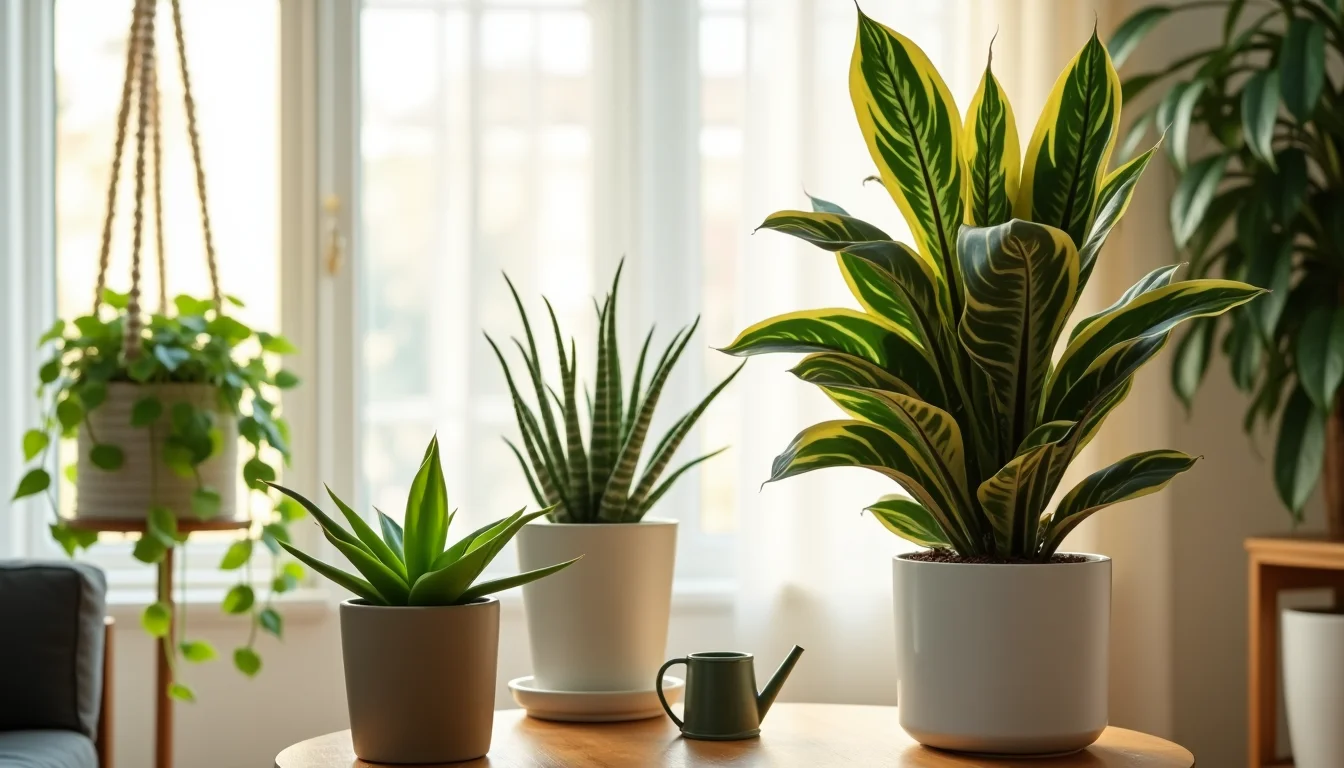The right choice of fall-planted bulbs can transform your spring garden from ordinary to spectacular. Many beginners plant everything in spring, but experienced gardeners know spring favourites like tulips and daffodils need planting before winter. These bulbs need cold winter temperatures to break dormancy and trigger blooming, a vital biological process that shapes their growth.
Understanding your climate zone is crucial for successful fall bulb planting. Gardeners in colder regions (Zones 1-7) should aim to plant when evening temperatures hover between 40-50°F, typically 6-8 weeks before the ground freezes. Conversely, those in warmer areas (Zones 8-11) face a different challenge: their bulbs require pre-chilling.
Daffodils might need up to 15 weeks of cold treatment. This piece will help you understand why fall planting matters, which bulbs work best, and how to avoid mistakes that could limit your garden’s potential.
Why Fall is the Best Time to Plant Bulbs
Planting bulbs in fall isn’t just a tradition; science backs it up through plant biology and soil science. Fall creates ideal conditions for bulbs to establish themselves before their spring showcase begins.
Cool soil encourages root growth.
Root development thrives in fall’s moderate soil temperatures. Scientific research reveals spring-flowering bulbs develop best when soil temperatures reach 9°C (48°F). These temperatures help bulbs build reliable root systems while preventing early top growth.
Bulbs need soil temperatures above 40°F to form roots. This perfect balance occurs naturally during autumn, when temperatures are cool enough to stop early sprouting yet warm enough for roots to grow. Autumn rainfall provides the moisture bulbs need to start growing without extra watering.
Fall planting ensures spring blooms.
Spring-flowering bulbs follow a unique growth pattern, starting with root establishment in the fall. These bulbs start developing roots right after planting to absorb nutrients and water. The bulb’s internal clock ticks through winter until spring arrives.
Gardeners must plant hardy bulbs before the ground freezes. Most regions see ideal planting times between mid-September and mid-November. Strong root systems that develop during fall will give plants larger, more vibrant flowers with extended blooming periods.
Fall-planted bulbs need winter chill to thrive.
Spring-flowering bulbs must undergo vernalization, a process of cold dormancy. This biological need cannot be rushed or skipped. Research shows that most spring bulbs need 10 to 13 weeks of temperatures below 40°F to create flowers. During this chilling time, chemical changes occur inside the bulb to prepare for spring growth. The process is akin to putting bulbs to bed for winter rest, ensuring they wake up ready to bloom.
During this chilling time, chemical changes happen inside the bulb to prepare for spring growth. The process resembles putting bulbs to bed for their winter rest. They’ll wake up ready to bloom. Bulbs will struggle to flower without this cold period, even in perfect growing conditions.
It explains why northern garden bulbs often fail in warmer southern areas. Gardeners in zones eight and above must pre-chill their bulbs in refrigerators for 6-14 weeks before planting.
Nature’s timing is precise: fall planting, winter chilling, spring blooming. This cycle creates the perfect moment for these botanical treasures to display their magnificent colors each year.
Top Bulbs Expert Gardeners Always Plant in Fall
Top Bulbs Expert Gardeners Always Plant in the Fall Seasoned gardeners treat their fall planting like a science project, showcasing their expertise and dedication. They know precisely which bulbs will create stunning spring displays. Here are the top bulbs that garden pros plant in autumn.
Tulips
These iconic spring flowers need a planting depth of 6 to 8 inches, with their pointy ends up. The best time to plant them is 4-6 weeks before the ground freezes, which gives roots time to develop correctly. Tulips do best in full sun spots with well-draining soil. Bone meal in the planting hole helps them grow vigorously. Darwin hybrid varieties stand out as they bloom longer than other modern tulips.
Daffodils
Root development and spring blooming require at least 12 weeks of cool temperatures for daffodils. November works best for planting about 2-4 weeks before the ground freezes. Plant them at twice the bulb’s height with pointed ends up, spacing them 6 inches apart in well-draining soil. These hardy flowers keep deer and rodents away, making them reliable perennials that you can count on year after year.
Hyacinths
The sweet fragrance of hyacinths fills spring gardens with their tubular flower clusters. These bulbs need 4-6 inches of depth with 3-6 inches between them, good soil with neutral to slightly alkaline pH, and full to partial sun exposure work best. Rich soil eliminates the need for yearly fertilizing, though some bone meal during planting helps develop strong roots.
Crocus
Small but mighty, crocus bulbs go 3-4 inches deep with 2-3 inches of space between them. These early bloomers push through snow, bringing the first signs of spring. Planting them in sweeping drifts creates eye-catching displays. Lawn plantings work great too – they finish blooming before mowing season starts.
Alliums
Globe-shaped flowers make these architectural beauties stand out from late spring into early summer. Plant them 4-8 inches deep, depending on the variety size, keeping 6-8 inches between bulbs and pointed ends up. These drought-resistant plants keep garden pests away, including deer and rabbits. Their spherical blooms last well into summer, adding long-lasting visual interest.
Snowdrops
Snowdrops pack surprising strength in their delicate frames, often blooming as early as January. Plant them in fall at their original growing depth – usually 3-4 inches. Dappled shade spots with moist, well-drained soil rich in organic matter suit them perfectly. These tough little flowers thrive in partial shade and create stunning displays under deciduous trees or shrubs.
How to Plant Fall Bulbs the Right Way
Beautiful spring blooms start with the right fall planting approach. These simple steps will help your fall-planted bulbs flourish next spring.
Choose a well-draining location wisely to ensure the success of your planting.
Dutch gardeners often say, “Bulbs don’t like wet feet.” Too much moisture can rot bulbs. Pick spots where water drains naturally, like slopes or raised beds. Stay away from low areas at the bottom of hills that collect rainwater. Good soil preparation is essential; loosen it to at least 10-12 inches deep. Mix in some air and break up any clumps to help with drainage.
Plant at the correct depth
A good rule of thumb is to plant bulbs three times as deep as their height. Here are specific depths:
- Small bulbs (crocus, snowdrops): 2-4 inches deep
- Medium bulbs (tulips, hyacinths): 5-6 inches deep
- Large bulbs (daffodils): 6 inches deep
- Giant bulbs (alliums): 8 inches deep
Deeper planting shields bulbs from temperature changes and keeps hungry squirrels away.
Pointy side up: bulb orientation tips
Put bulbs in the ground with their pointed ends up and root side down. Tulips have an obvious pointy end, but crocuses can be trickier. If unsure, lay the bulb on its side, and the stem will naturally grow upward.
Watering after planting
Give your bulbs a good soak right after planting to remove air pockets and help roots develop. One deep watering usually does the job unless you live somewhere dry. Fall bulbs need consistent moisture to establish strong roots.
Spacing for the best visual effect
Plant bulbs in clusters instead of single spots to create stunning displays. Large bulbs like tulips and daffodils need 4-6 inches between them, while smaller ones like crocus and snowdrops need 2-3 inches. Plant at least twelve bulbs together for an eye-catching garden display rather than spreading them out.
Common Mistakes to Avoid with Fall Bulbs
Experienced gardeners still make mistakes when they plant fall bulbs. These standard errors can determine if you’ll get a splendid spring display or have nothing to show.
Planting too late in the season
Fall bulbs need perfect timing. You should plant them 6-8 weeks before the ground freezes so roots have enough time to develop. The soil temperature must stay between 40-50°F for bulbs to establish well. Wait too long and your bulbs won’t develop strong roots before winter.
Un-rooted bulbs can get pushed out of the ground during winter’s freeze-thaw cycles. Most regions do best with planting from late September through mid-November, though this varies by location.
Overwatering or poor drainage
The Dutch wisdom says bulbs hate wet feet. Too much moisture leads to most bulb failures. Wet soil stops roots from getting oxygen and creates the perfect environment for rot and fungal diseases. Pick spots where water drains after rain.
Gardens with heavy clay soil need sand and organic matter mixed in for better drainage. Raised beds work great in areas with drainage issues. Give your bulbs one good watering after planting. Skip additional water unless you live somewhere dry.
Ignoring local climate zones
Plants that thrive in Zone 3 might die in Zone 9. Your specific growing conditions are vital to success. Warmer regions need pre-cooling because winter temperatures aren’t cold enough to chill bulbs naturally. Cool your bulbs in a refrigerator at 40-45°F for 6-16 weeks before planting. Keep them away from ripening fruit, especially apples – their ethylene gas can damage the flower inside the bulb.
Storing bulbs improperly before planting
Bulbs are tough, but poor storage can substantially reduce how well they grow. Keep unpotted bulbs cool and dry at 50-60°F (38-70°F works too). Good air flow and low humidity prevent mould growth. Never use plastic bags that trap moisture. Paper bags or breathable containers work better. Note that bulbs grow best when planted within six months of purchase because they live off stored energy from their previous growing season.
Conclusion
Fall bulb planting is one of the most rewarding ways to create spectacular spring displays in your garden. This piece explores why timing plays such a vital role. These botanical wonders need winter’s cold to break dormancy and prepare for their spring show. Without doubt, learning about spring-flowering bulbs’ biological needs turns garden planning from guesswork into science.
Success in gardening often comes from working with nature’s cycles, not against them. Planting tulips, daffodils, hyacinths, crocuses, alliums, and snowdrops in autumn’s cooling temperatures gives them a perfect start to develop strong roots before winter. The proper planting techniques also substantially improve your chances of success. Choose well-draining locations, plant at the correct depths, and space them properly.
Avoiding common mistakes will yield the best results. Don’t plant late, ignore drainage, or overlook your climate zone requirements. These simple fall preparations will reward you with effortless spring beauty when you need color after winter.
Remember this garden wisdom next time you think about waiting until spring to plant everything. Bulbs planted in fall and tucked beneath the soil before winter will amaze you with their glorious spring arrival. Their vibrant blooms prove that nature’s timing creates the best garden results.


